
Sun koshi River Rafting
Duration
10 Days
Maximum People
25
Minimum Age
18+
Sun Koshi River Rafting is one of the most challenging rafting. With its flow from the northern Himalayas of Nepal and Tibet, it pierces all the way down to the river of Ganges. Because of its confluence into the Ganges, it has been regarded as Holy River by Hindu followers. The Shiva temple established in Dumja village which has been reputed as the first Shiv temple of Nepal nearby the river has fascinated and signified the reverence of the river. About 65 kilometers to the east of Kathmandu is located a place named Dolalghat from where the rafting gets started in the white and jade water of Sun Koshi River which continues for about 272 kilometers. The name has been interestingly given to the river after its reputation as the river where in its sand could be found the gold.
Enjoying the green jungle and natural setting crowned in the side of the river while rafting in the holy water of the Himalayas, the rapids will be grade 3 in the beginning of the rafting. However, the rapids and challenge gets increased as the journey flows down and further. It will be an amazing mixture of beginners and intermediate level of rafting starting at Dolalghat and concludes at Chatara, the distance of one hour from Biratnagar in vehicle.
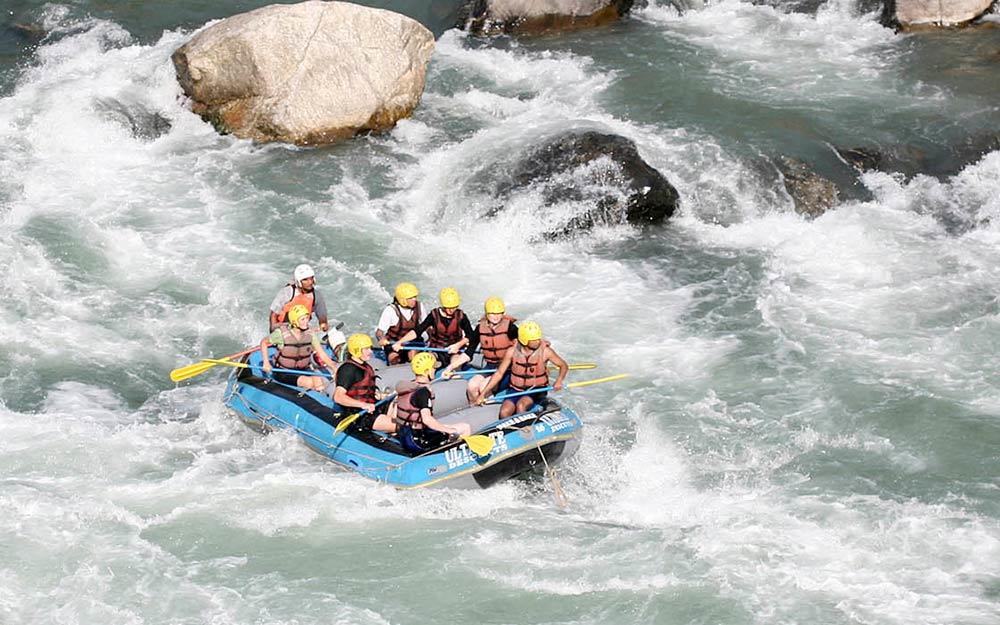
Ready-to-book adventures, personalized
Personal
Make your adventure more youMake your adventure more you - Self join
Group
Enjoy a tour with like minded people - Anyone can join
Private Group
Travel with your group - Only your circle join
Itinerary
Day 01: Kathmandu to Dolalghat
Drive to Dolalghat (3 hours) from Kathmandu. And rafting for Tarang Gaon where the overnight camp will be held.
Day 02: 4 hours of Rafting
Approximately 4 hours of rafting from Tarang Gaon to Dumja Village.
The most remarkable part of the rafting of this day will be Khuei Bhai rapid where you need considerable amount of care and caution.
Day 03: Rafting from Dumja Village to Khurkot
Dumja Village to Khurkot for 6 hours of rafting.
It will be the day which will allow you to see the fishing village named Kodari as well as the Chamera Bhir where many bats are clinging on the huge cave-like wall of cliffs chirping clamorously.
Day 04: 5 Hours Rafting
Khurkot to Likhu Khola for about 5 hours of rafting.
Some Rai communities are seen. The area will suit for some photo clicks.
Day 05: 6 Hours Rafting
Likhu Khola to Harkapur village will take the rafting time of about 6 hours.
Deeper gorges are floated along with the glimpse of monkeys frolicking in the trees on the edge of the rivers as well as on the water.
Day 06 : of Sun koshi River Rafting
Harkapur Village to Rai Ghat rafting approximately for 6 hours.
Bridge Rapids, Krishna Rapids, Mangal Rapids and Roller Coaster Rapids all will the challenges of the day where Manga Rapids stands out for its convergence point to Dudh Koshi River. It may be the most adventurous and breath-taking rafting experience of the whole rafting trip.
Day 07: Rafting at Rai Ghat to Bander Ghat
Rai Ghat to Bander Ghat around 6 hours of rafting.
Sap Pu Khola Rapid will still be challenging you here.
Day 08: 6 hours Rafting at Bander Ghat
Bander Ghat to Bonjur Ghat around 6 hours of rafting.
The last daring point where Mardheku gorge is waiting for you.
Day 09: of Sun koshi River Rafting
Bonjur Ghat to BarahKshetra nearly 6 hours of rafting.
The wider water of the river as it descends down to this point will remind and reminiscence you of those heart-throbbing and mind-boggling rafting excitement during this long expedition.
Day 10: Return Back
Bharahkshetra to Chatara will be the short rafting experience about one or two hours.
Drive to Biratnagar and flight to Kathmandu will one option whereas the idea of taking bus to Kathmandu will also be fine.
Make An Inquiry
Fill the form for more details
Related Tour Packages
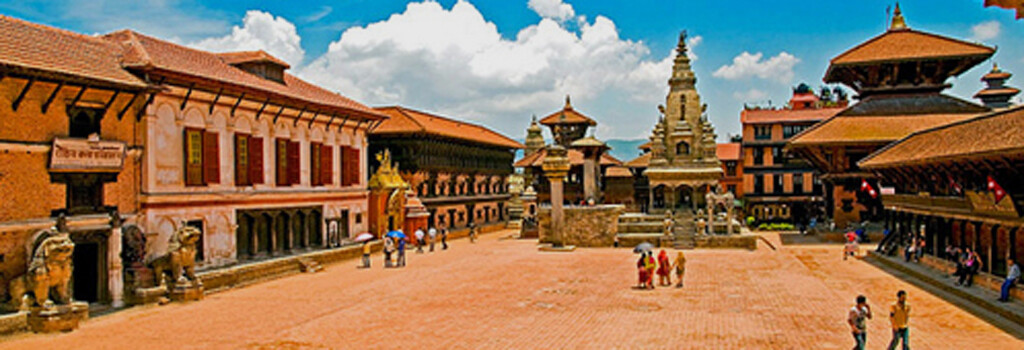
WORLD HERITAGE SITES OF NEPAL | MUST VISIT PLACES OF NEPAL
World Heritage sites of Nepal Nepal is a house to many natural and cultural wonders. The country has 10 such places that have been placed in World Heritage site. Eight of them are cultural sites where two of them are natural heritages. Among eight of the cultural...
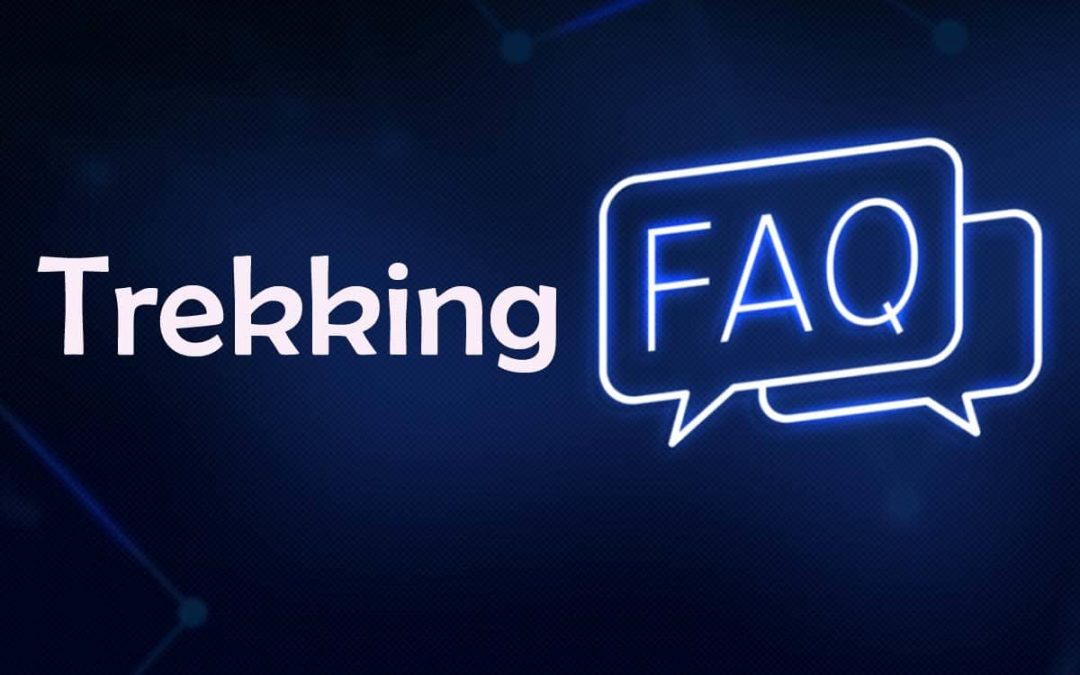
20 TREKKING FAQ- FREQUENTLY ASKED QUESTIONS ABOUT TREKKING IN NEPAL
Nepal is a country famous for its awesome trekking routes, mountains, valleys, and forests. While it looks awesome and want you to immediately go on a trekking. But, while internal tourists may know things about country, international tourists may not know so much...
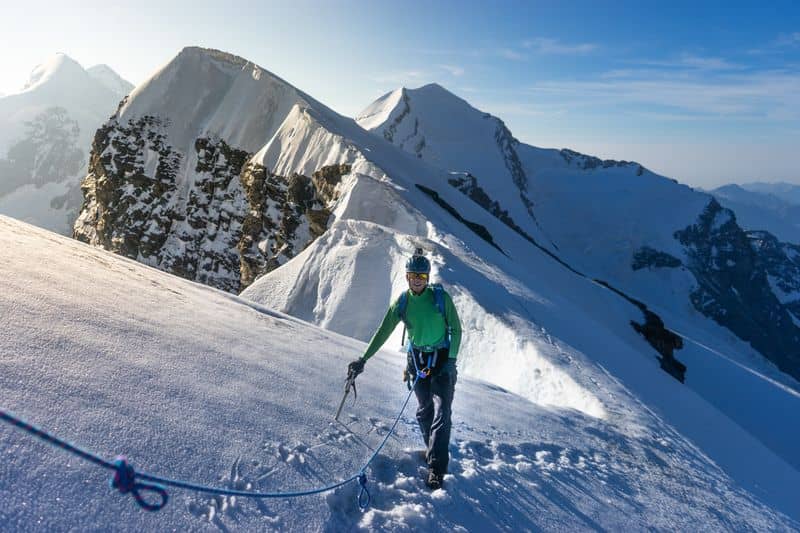
SAFETY IN SNOW- COVERED TERRAIN
Snowy pathways are one of the most exciting pathways for trekkers and hikers. Snowy mountains are such a pleasure to the sight as well soul. However, When the snow covers the path sometimes it becomes the opposite of the fun we are hoping and may lead to injuries or...
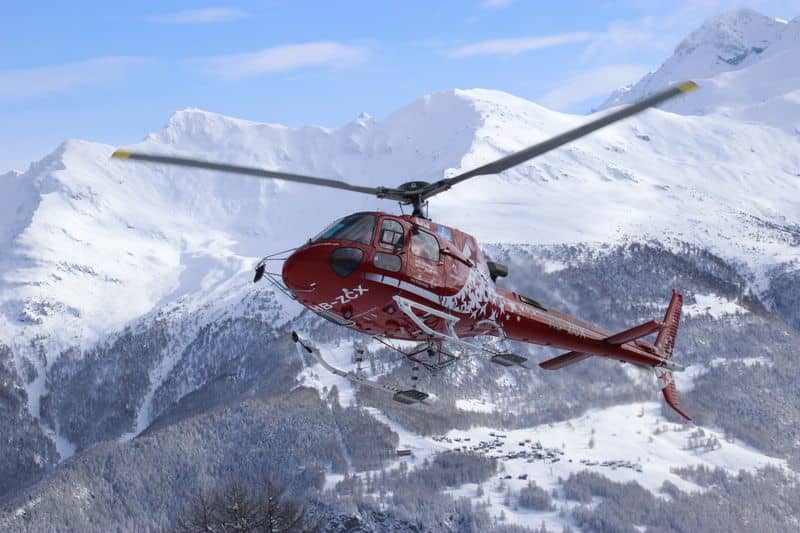
MOUNTAIN RESCUE- MUST KNOW FACTS FOR TREKKING GUIDE
Mountain trekking, climbing is a great source of adventure for some people. However, as fun, it may be sometimes unwanted accidents and even deaths occur on those terrains. Many people have gotten permanent injury, some disabilities as well as lost their lives during...
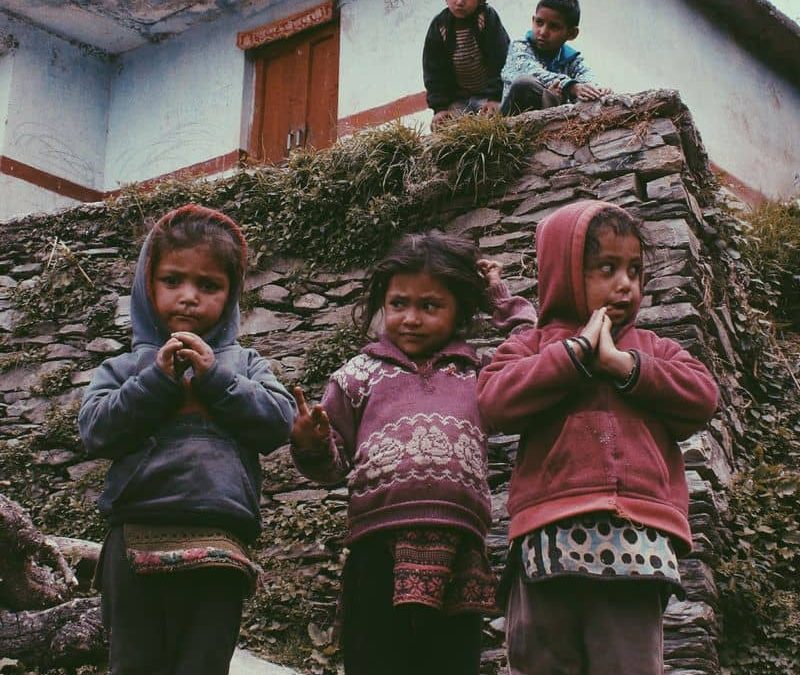
MOUNTAIN ENVIRONMENT, HIMALAYAN SOCIETY, AND HIMALAYAN CULTURE
The area above 5000m altitude sea level is called the mountain region. The mountain situated in the Himalaya range is called Himalaya. The society inhabiting near these mountains is collectively called Himalayan society and their culture is collectively called a...
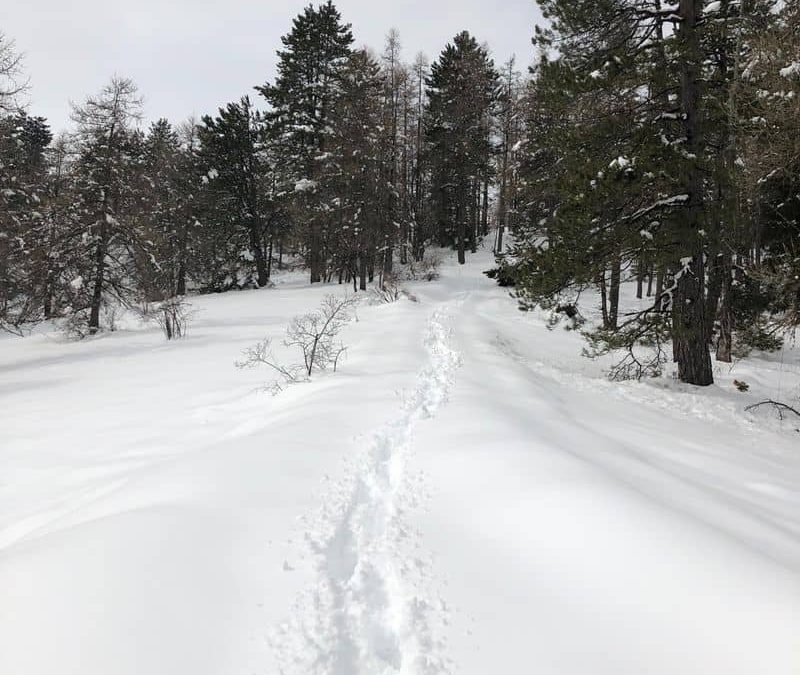
LEAVE NO TRACE PRINCIPLE OF TREKKING | ECO-FRIENDLY WAYS OF TREKKING
This article is about very important for you if you are planning to visit the Himalayan areas of Nepal. Leave no trace principle of trekking is a sort of eco-friendly trekking where you will not leave any trace of your trekking. Mountain areas are beautiful and...
